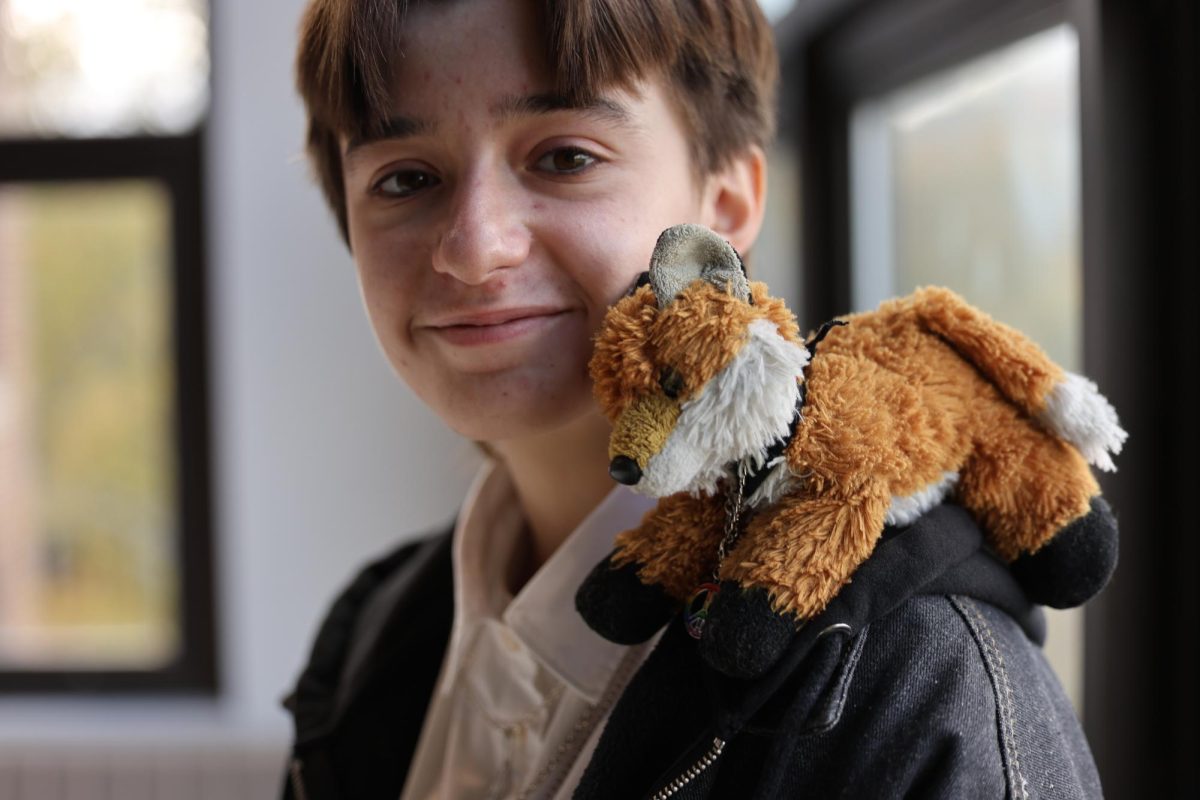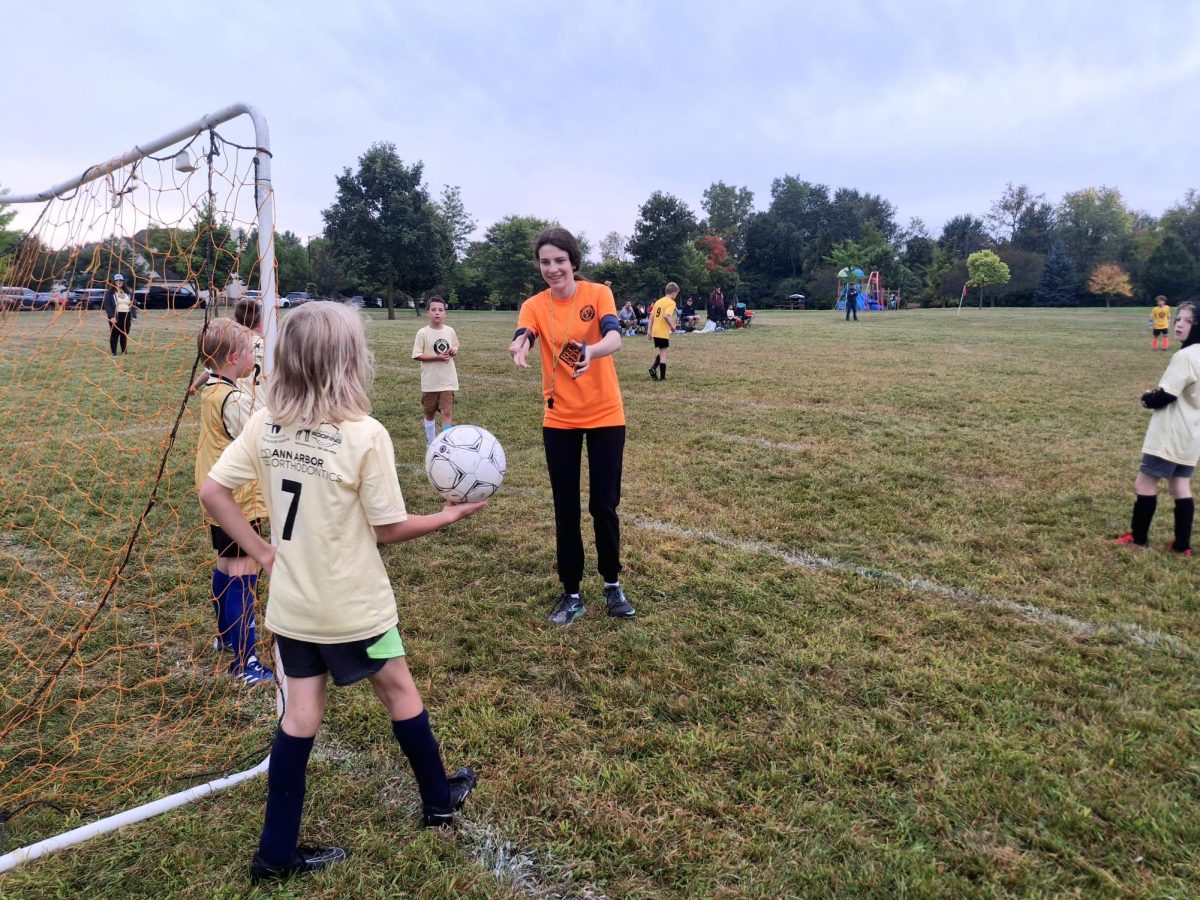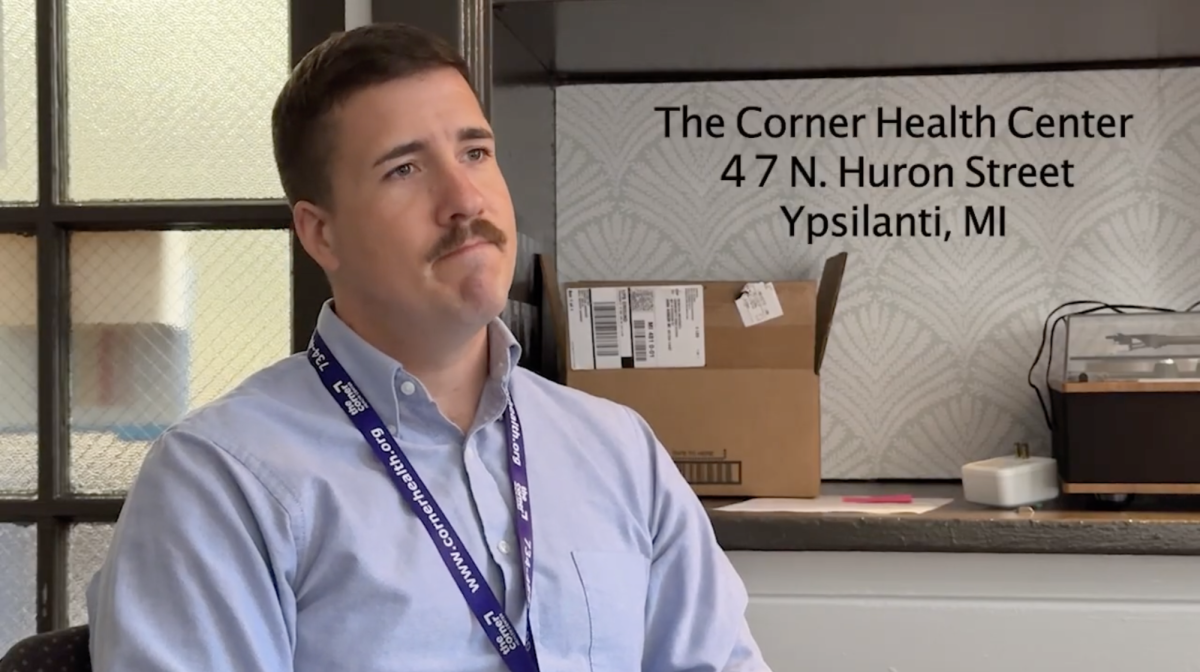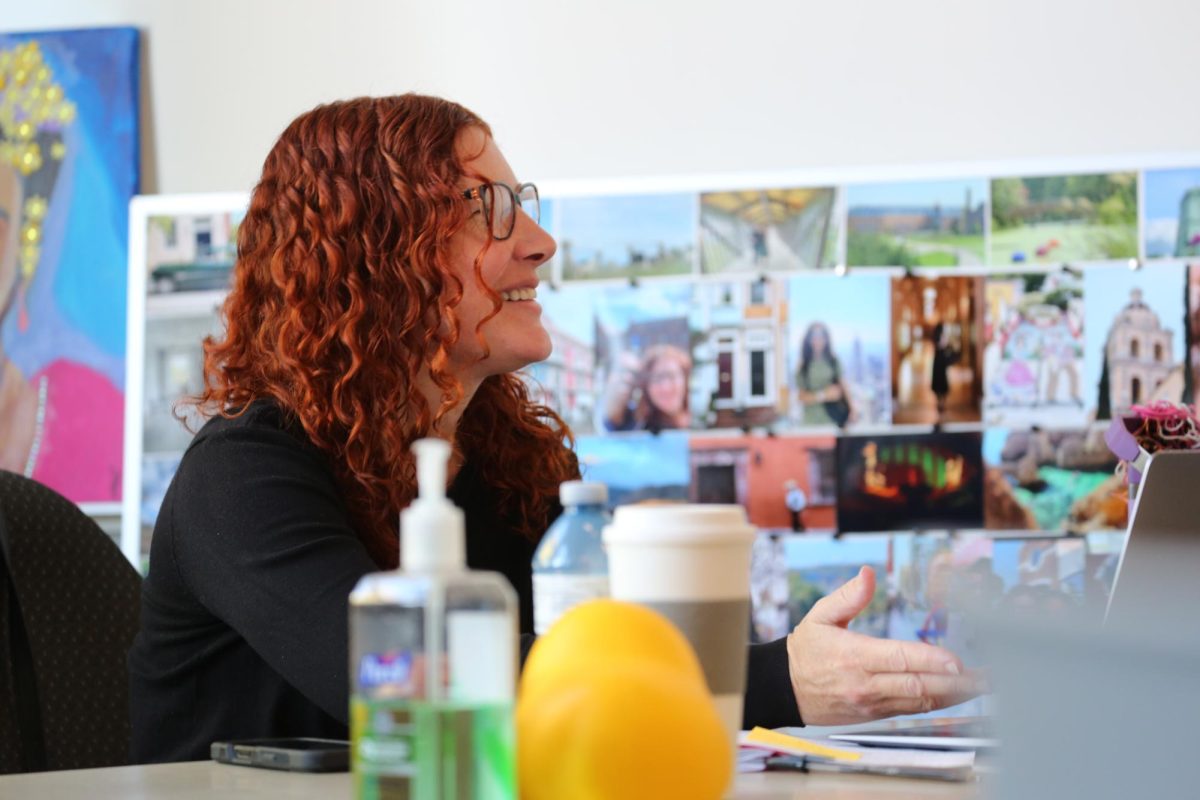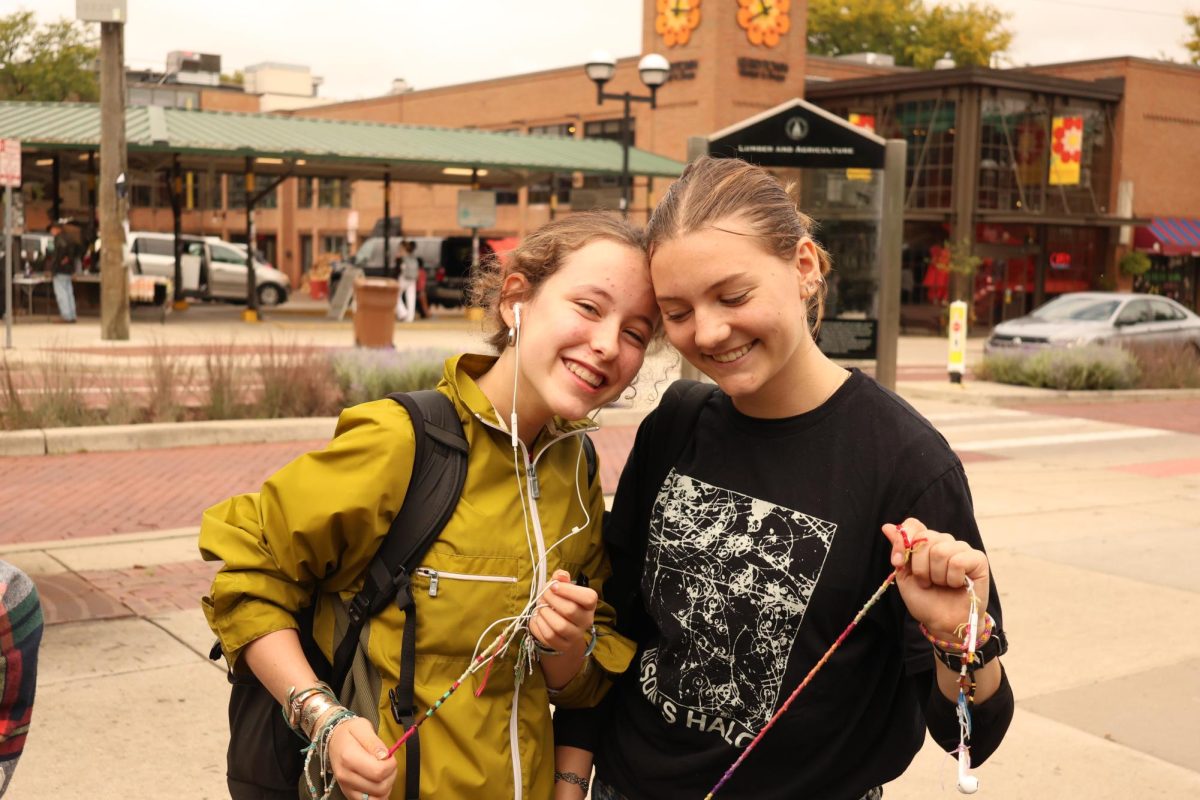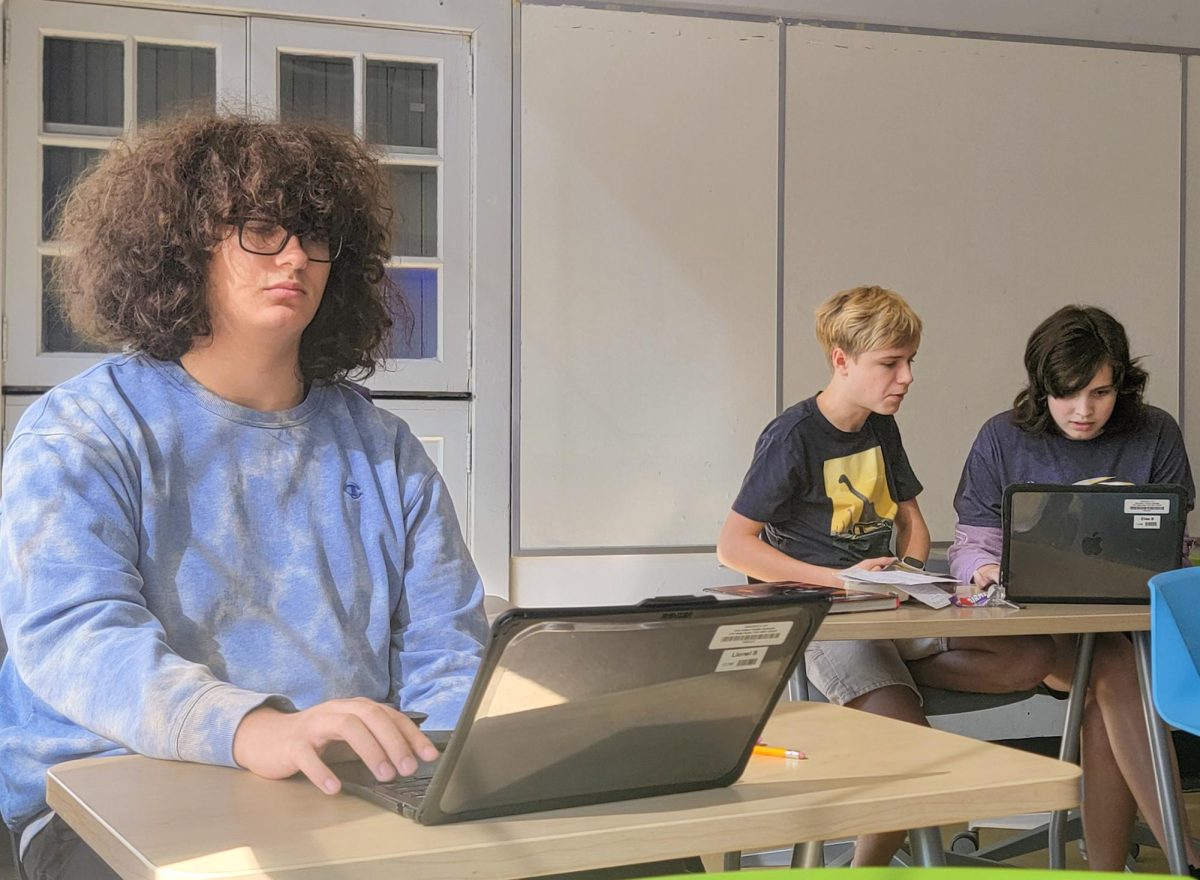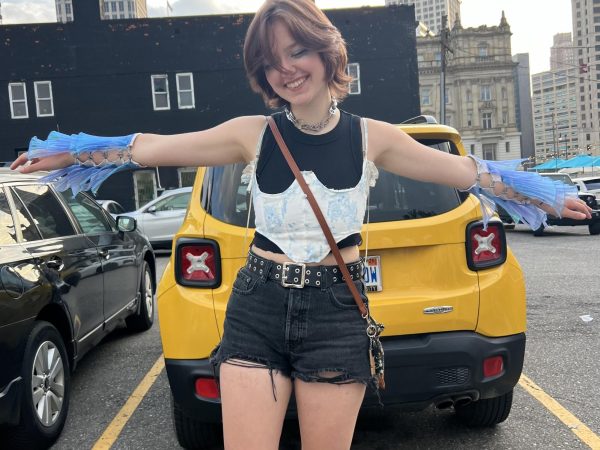Mak Webber’s backpack is adorned with keychains, small stuffed animals, and other decorations. Everything is there intentionally, but one object in particular is especially significant: a small frog hanging from a ring on her bag.
“I used to take it everywhere,” Webber said. “I don’t know how old I was, but I went to a museum that really interested me. I got a necklace of a frog and it was hanging on my neck. And I got the stuffed animal.”
“It was very special to me and it was a comfort that was with me throughout my life, good or bad,” Webber said. “I hooked it to my backpack because my backpack goes with me everywhere, to school, whatever I’m doing. So it comes with me and it means a lot to me.”
As young kids gain mobility, speech, and more independence in life by beginning school and spending less time with parents, they often form an attachment with a transitional object, like a blanket or soft toy. This object is used to reduce anxiety and provide comfort, allowing a child to move from dependence to independence.
Stuffed animals, and other things often used as transitional objects have also been shown to have positive influences on social behavior and mental health in young adults and various therapeutic settings.
Ollie Levitsky, a freshman at Community, is often seen holding a small stuffed fox to help him throughout daily life.
“His name is Cheeto and I love him,” Levitsky said. “He helps me manage my anxiety, just by existing and being soft. I haven’t had him for long, maybe just two or three years.”
For most people, reliance on these objects decreases as they establish a sense of identity and grow comfortable with change and independence. However, these objects still hold emotional importance and nostalgia and can continue to be important in someone’s life.
As a child, English teacher Mike Vial got a parrot puppet as part of a Halloween costume, and it’s been part of his life ever since.
“I think we sometimes get really attached to a certain animal that’s exotic or not in our natural habitat. So there’s just something about parrots I liked,” Vial said. “It’s still in my house now, and my kids know that Polly is over 30 years old.”
Vial believes that his puppet is an important way to connect to his kids, who have their own transitional objects, as the stuffed octopus his son, Al, adores.
“I just love that part of Childhood that I get to still enjoy. It plays a role as a bridge to remember how great childhood is as the dad and connect to that, because my kid has a favorite stuffy,” Vial said. “ He’s got a little octopus. It’s named Poopy. It’s so special to him. I have a picture of Al on top of all these stuffed animals, but there’s only one stuffed animal to rule them all.”



